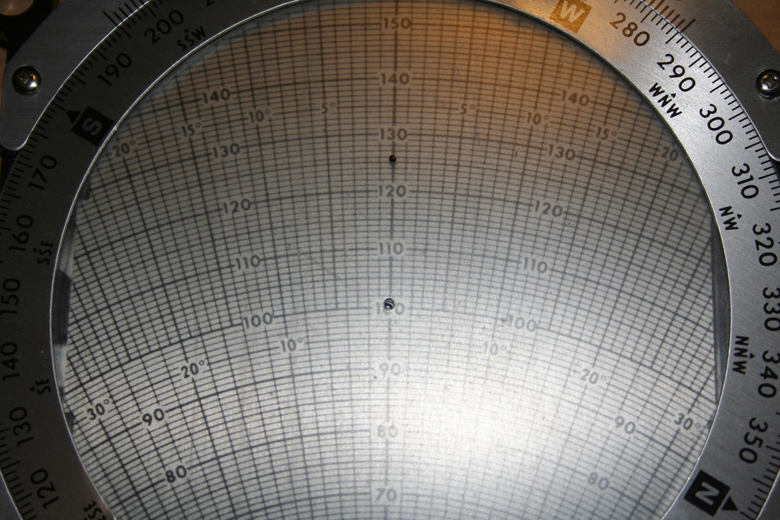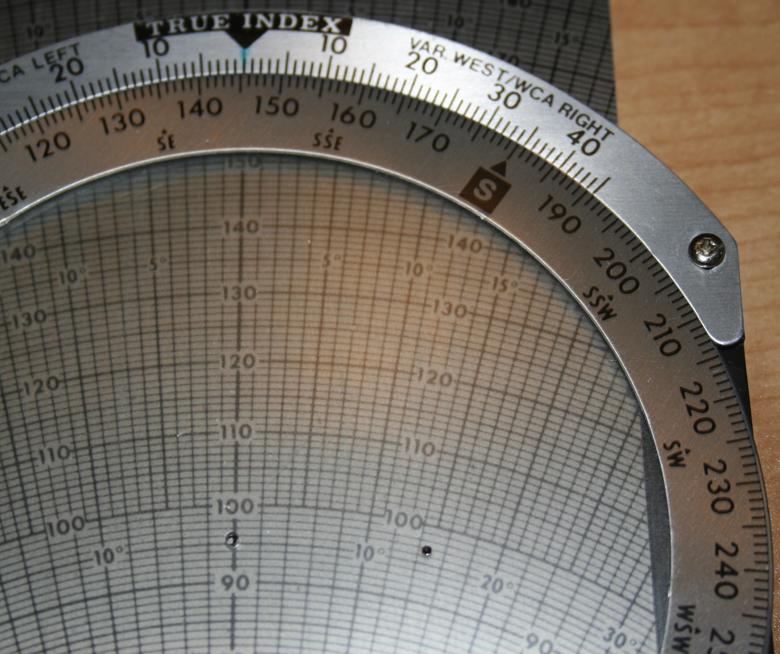An airplane in flight is not in contact with the ground. Instead, it only contacts the air. Air, being a fluid, flows. Since the airplane is only in contact with the air, the airplane will flow with the air.
The classic analogy is of a boat in a river. The boat moves slowly upstream, but quicker downstream, in relation to the shore. However, it's always moving the same speed through the water in both cases. The difference is due to the flow of the river. Additionally, should a boat cross the river, it must be pointed upstream to prevent it from drifting down river.
It's similar with an airplane in flight. If it flies 100 miles per hour through the air, it will only be flying 100 miles per hour over the ground when there is no wind. Otherwise, the wind will alter the speed and direction the airplane moves in relation to the ground. This is because the airplane is moving with the air.
Since we are concerned with getting between two points on the ground, we must correct for the flow of air. To accomplish this, a flight computer will be used.
We will say we checked the weather and found the winds aloft at 3,500 feet to be from 240 degrees at 25 knots. Think about how this will affect our flight. The air we will fly in is moving from the southwest. So, as we fly toward Chambers, we will drift northeast inside that moving air. In order to stay on course, a more southerly heading will be required to prevent this downwind drift.
Estimating Groundspeed and Wind Correction Angle
Begin by placing the wind direction into the flight computer. Our wind direction is 240 degrees.
Next, make a mark that represents the wind speed. The wind speed today is 25 knots. So, make a mark 25 knots from the center.
Now, place the true course into the flight computer. Place the wind speed mark you just made on the true airspeed for the flight. Today, ours is 95 knots.
For this leg of the flight, the flight computer is showing us that the wind will be coming almost directly from the right, requiring a wind correction angle to the right of 15 degrees. When we fly this leg, we will steer 15 degrees to the right to correct for the wind in an attempt to keep the path over the ground, ground track, aligned with the desired course of flight.
The center point shows the speed over the ground. For this leg, the groundspeed is 94 knots. So, the wind is almost entirely from the right side, but is also going to slow us down by 1 knot.
Place the wind correction angle and groundspeed onto the flight log. Also, check the WCA and GS during the climbout and make notes.


